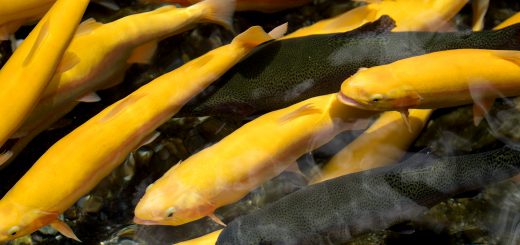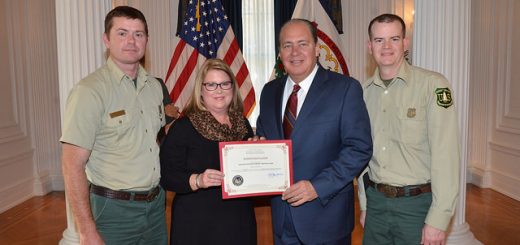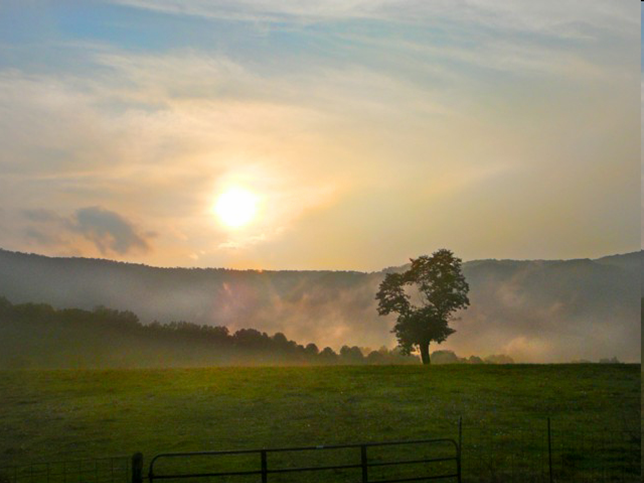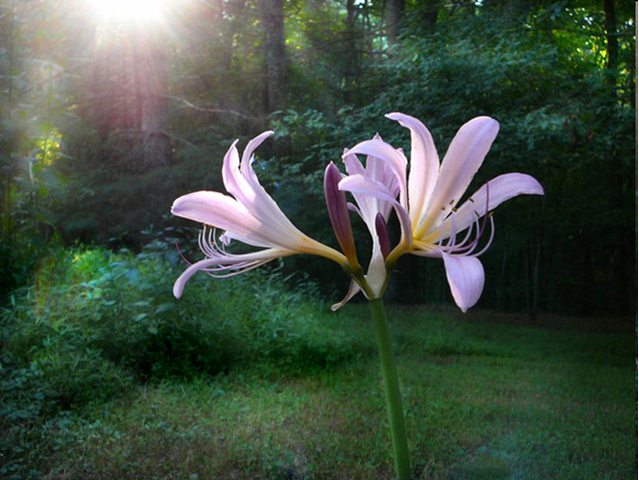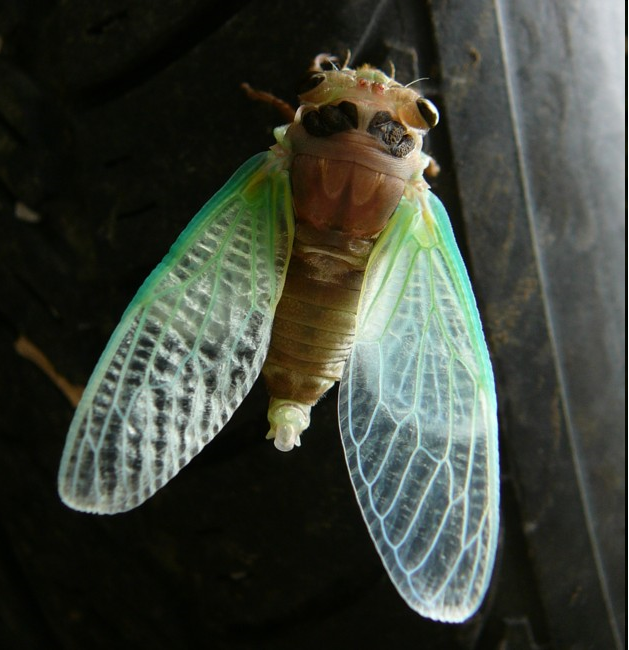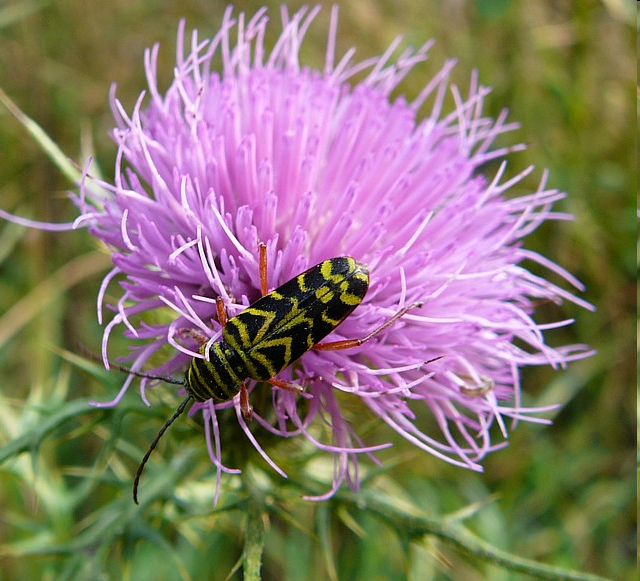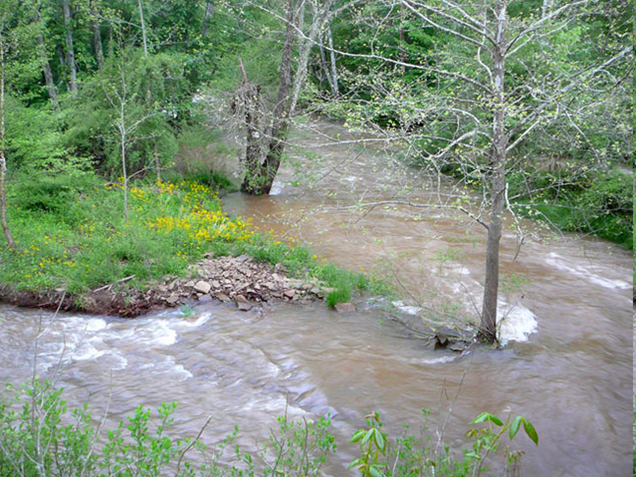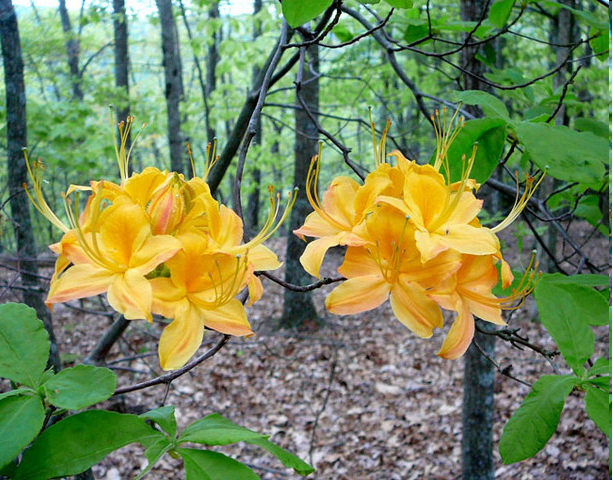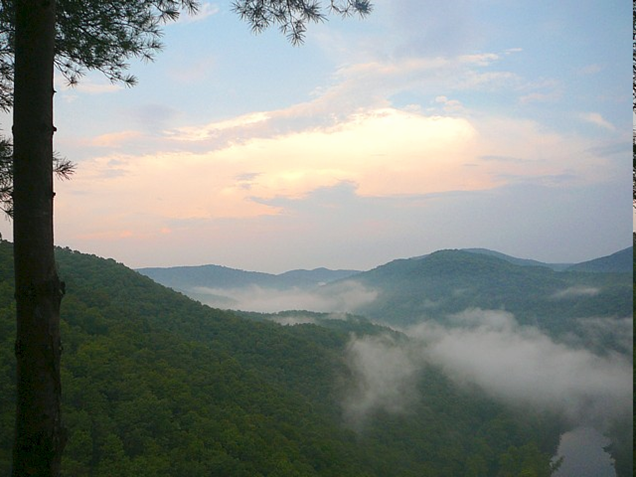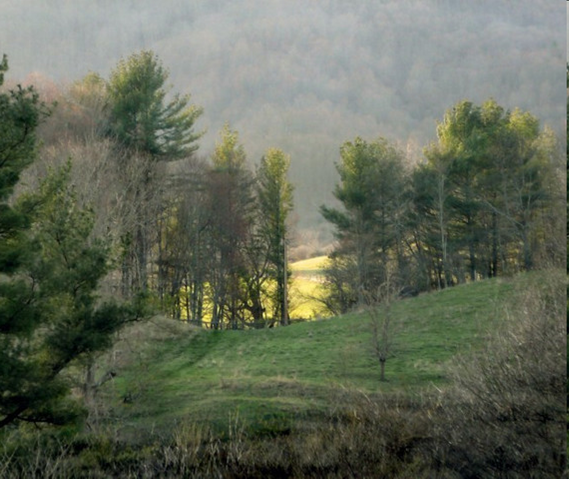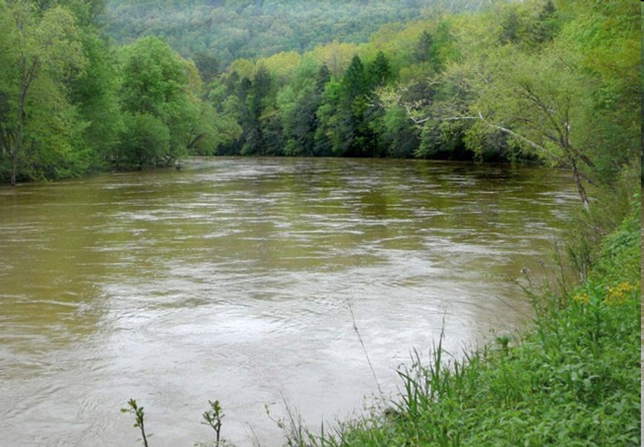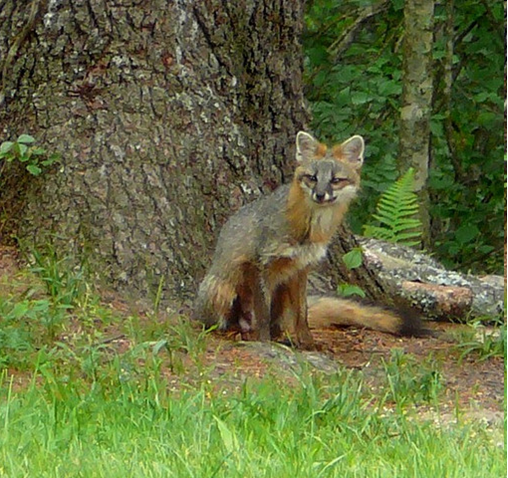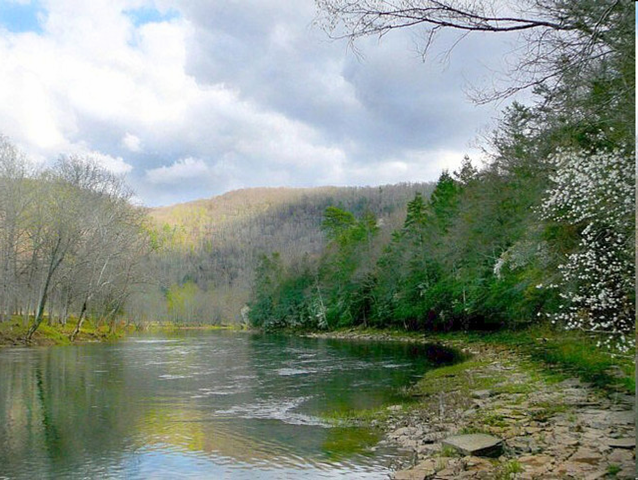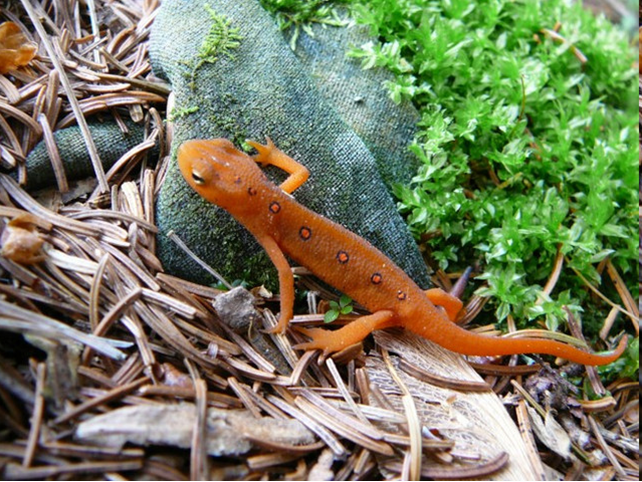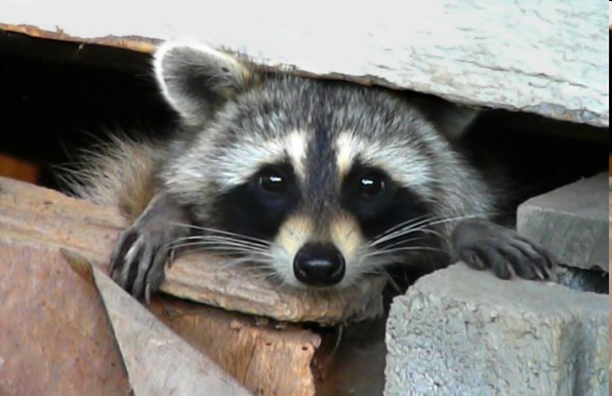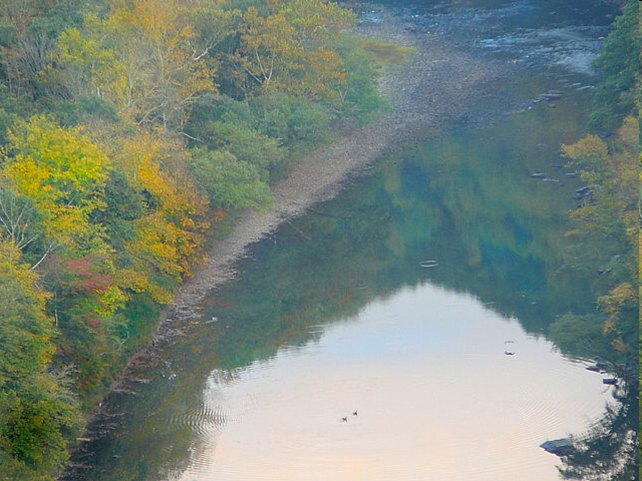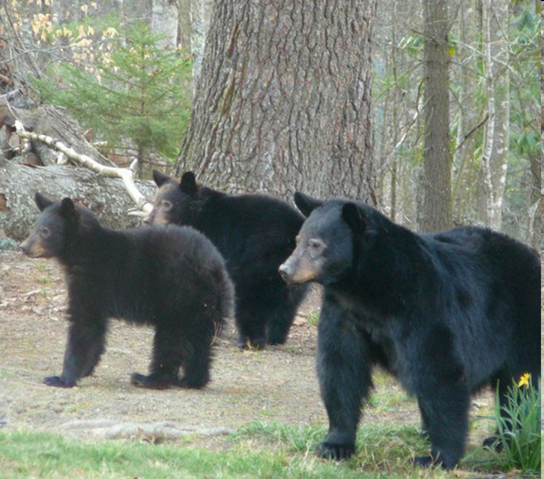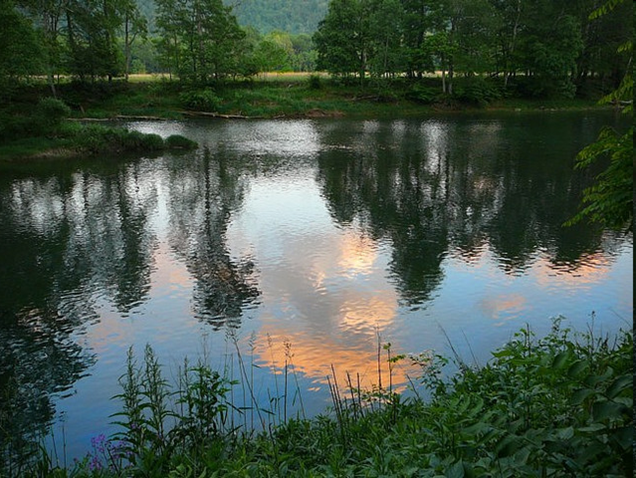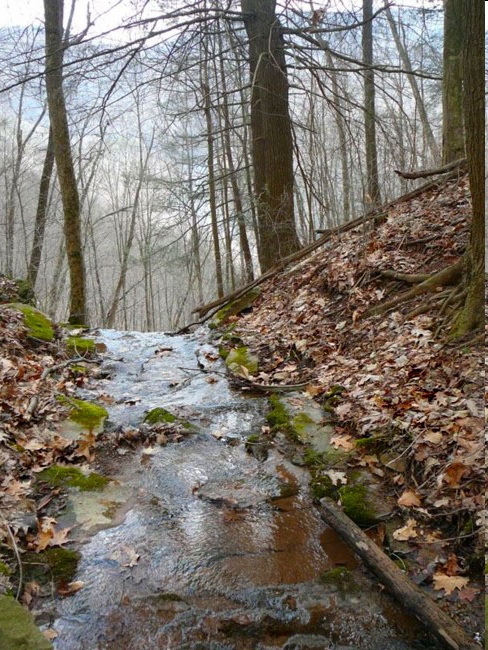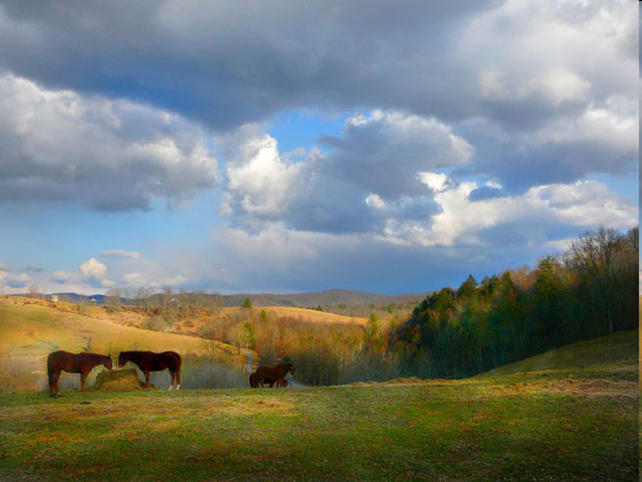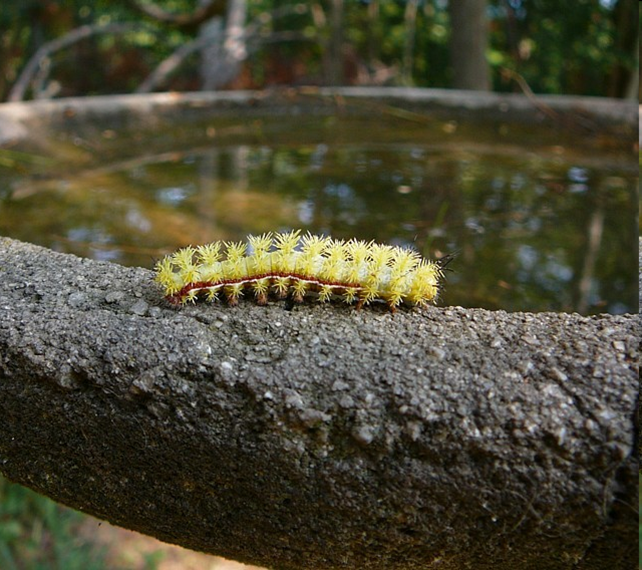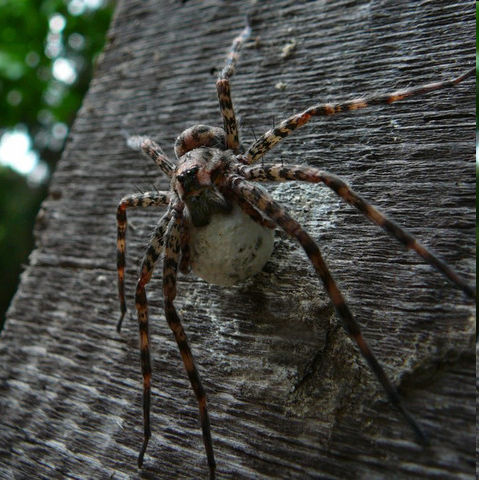Red Wolves could return to Mon Forest
By Rick Steelhammer; Charleston Gazette
A study by the Center for Biological Diversity identifies West Virginia’s Monongahela National Forest as a potential reintroduction site for the red wolf, described by National Geographic as “the world’s most endangered member of the dog family.”
The 919,000-acre forest is part of a 20,000-square-mile assemblage of public land in six Eastern states where the red wolf once ranged, with the habitat and isolation needed to eventually support 500 breeding pairs of the species, according to the study.
With only 14 red wolves known to exist in the wild, the U.S. Fish and Wildlife Service should immediately begin the proposed reintroduction before the species goes extinct in the wild, according to the Center, a 1.1 million-member nonprofit group dedicated to protecting endangered plants and animals.
“Red wolves could thrive again across vast areas, but only if the Trump administration returns them to the wild,” said Collette Adkins, the center’s carnivore conservation director. “These incredibly imperiled animals can’t afford any more delays.”
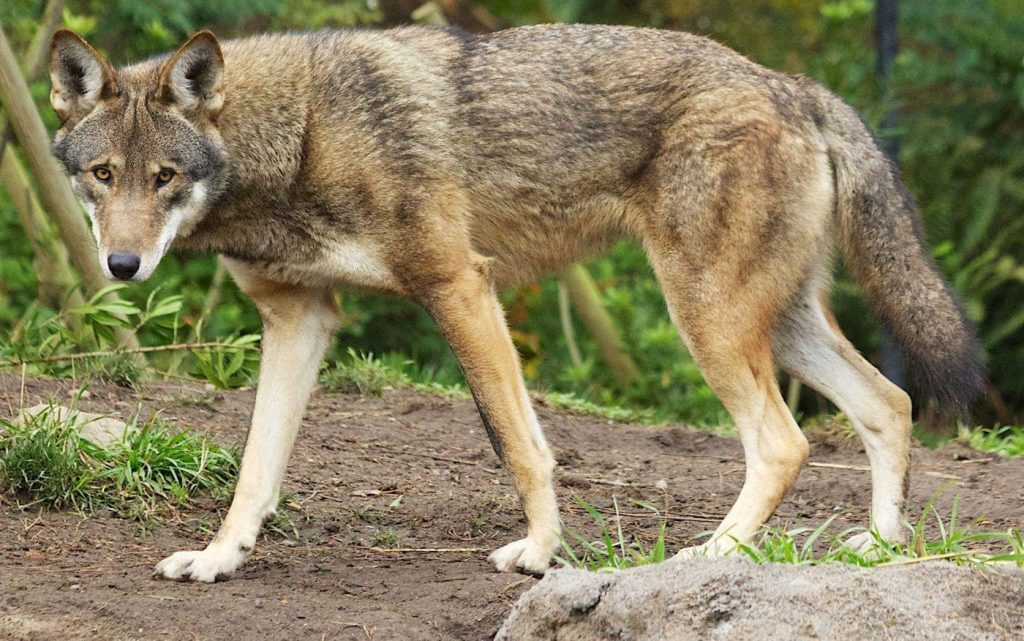
The study examined public land in the Eastern United States to determine the best remaining habitat for red wolf reintroduction. Among factors taken into account were the availability of adequate prey, the potential for reproductive isolation from coyotes, to reduce hybridization, the relative absence of roads, and connectivity to other breeding sites.
In addition to the Monongahela, potential red wolf breeding sites were identified in the George Washington and Jefferson national forests, parts of which extend into West Virginia from Virginia, and on national forests in North Carolina, Arkansas, Florida and Alabama.
Red wolves now live in the wild in a single population within a tract of private and public land in Eastern North Carolina.
Story continues HERE

